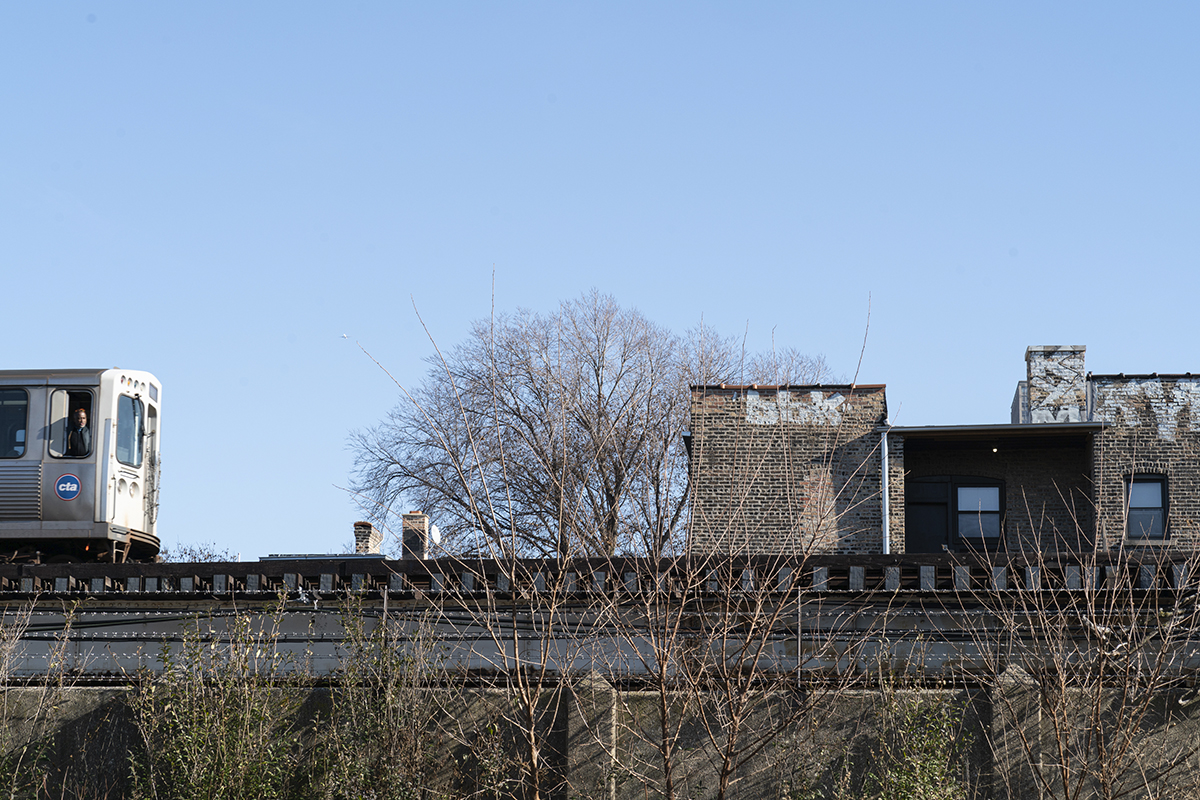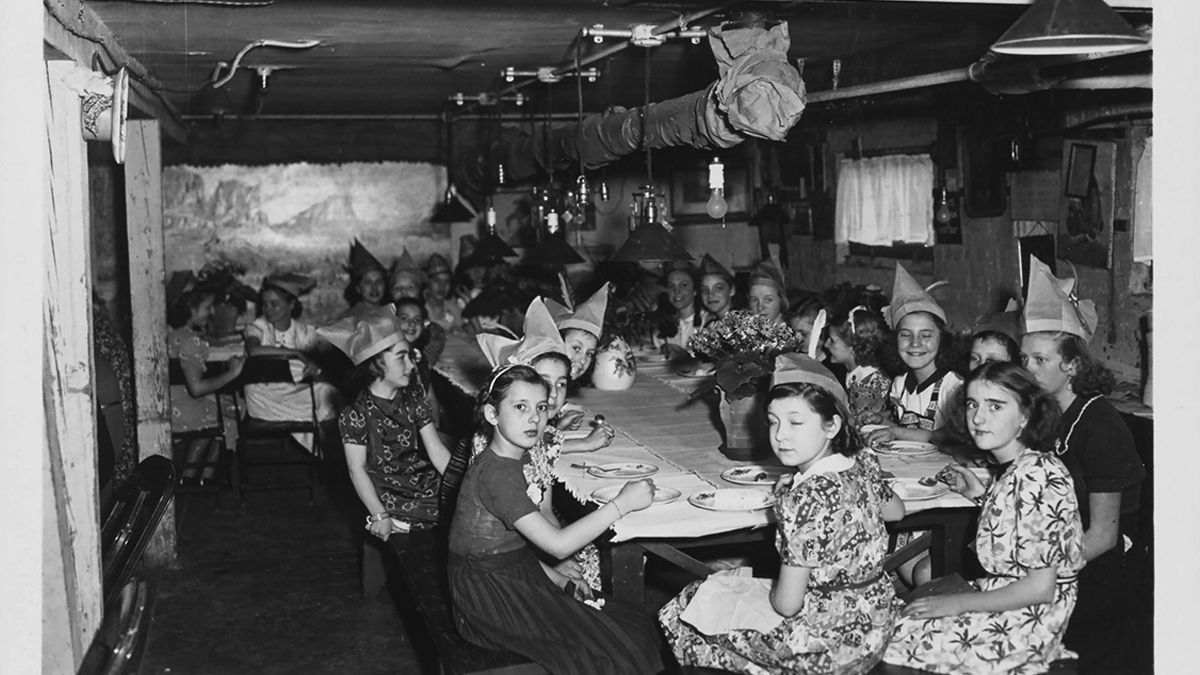If you’re concerned about lead levels in your water or want to reduce lead levels in your water, there are a variety of ways to ensure your household has access to clean drinking water.
For residents of single-family or two-flat homes built in Chicago prior to 1986, there’s a high likelihood your water service line is made of lead. Larger apartment complexes and high-rises typically didn’t install lead service lines.
Read more: Chicago’s lead problem
The City of Chicago offers a free water testing kit, available by filling out the request form on the Department of Water Management’s (DWM) website or by dialing 311. You should receive the kit within 30 days.
If the test shows high lead levels, the DWM will send a plumber, electrician, and sanitation worker to your home for further testing. If they continue to test at elevated levels, the DWM will work with you to determine an appropriate action plan based on their findings.
While the U.S. Environmental Protection Agency (EPA) currently limits lead levels in water to no more than 15 parts per billion (ppb), they’re considering tightening that standard to 10 ppb. No amount of lead in water is considered to be completely safe. The DWM adds phosphates to the water supply, which offers significant protection from lead leaching into the water supply. But even at low levels, lead in water supplies can cause adverse health effects, and the EPA has set a maximum contaminant level goal of zero.
Young children and infants are particularly susceptible to lead’s adverse effects as their bodies develop. If you’re concerned your child has been exposed to lead, ask their pediatrician to test for the level of lead in their blood.
The DWM will replace lead service lines at day cares free of charge. Another city program will provide assistance to homeowners whose lead service lines are cracked or leaking. The city will also assist homeowners in replacing lead service lines if they’re cracked or leaking. More information is available at leadsafechicago.org.
The Lead-Safe Chicago website also has information about how to identify lead pipes, how to clean your faucet’s aerators, and more. In addition to information on lead pipes, their site has several resources on lead paint, which also poses significant health risks.
If you’re concerned about the effects of chronic long term exposure to low levels of lead but don’t have the means to replace a lead service line, it may be worth investing in a water filter that can filter for lead. While certified water filters can be highly effective, it’s important to remember that boiling water does not remove lead from the water.
Not all water filters are capable of filtering for lead, so be sure to check that the filter is certified by the National Sanitation Foundation (NSF). The NSF maintains an online database of all certified filters.
Drinking water is the primary way individuals are exposed to lead via water, so individuals shouldn’t be concerned about washing their hands or taking a shower with water containing small amounts of lead, according to Benjamin Huỳnh, assistant professor in the department of Environmental Health and Engineering at Johns Hopkins University.







